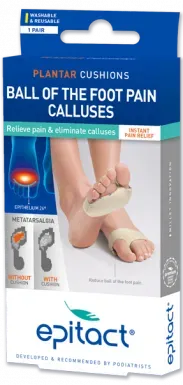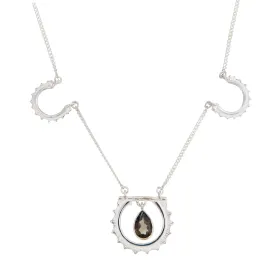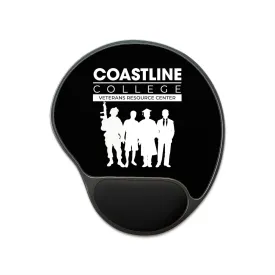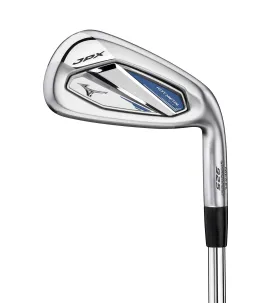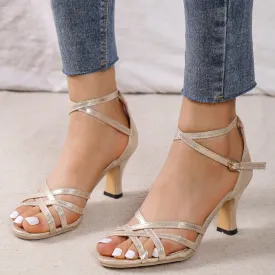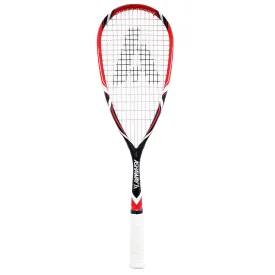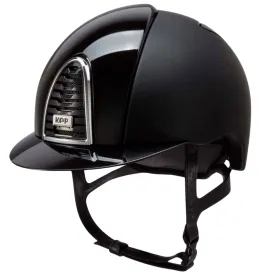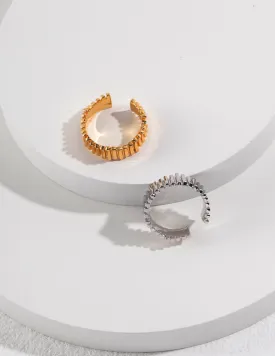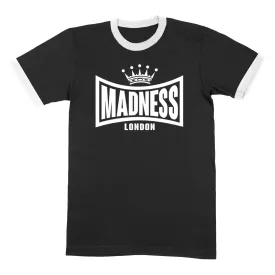The EPITACT® solution to relieve painful calluses on foot
To improve your daily comfort, EPITACT® has invented a silicone protection with a perfect balance between thinness and effectiveness. The * relieve pain in the ball of your foot or metatarsalgia and help painful calluses on foot to disappear. These cushions can be worn in any types of shoes: you will forget you are wearing them throughout the day!
What is a plantar callus?
Plantar calluses on the foot are very frequent skin lesions. When the skin is subjected to excessive pressure from the ground or the shoe, it reacts by increasing the production of cells. The resulting round-shape and yellowish area of thickened hard dead skin is called a callus. This protective shield forms at the points of highest pressure, usually under the ball of the foot (head of the metatarsals).
Symptoms and causes of metatarsalgia and calluses on foot
Ball of the foot pain, also called metatarsalgia, are often caused by prolonged and excessive pressure over a small area. This pressure may cause a lot of discomfort, difficulties walking and painful calluses.
Such stress can be related to some foot deformities like bunions or hammer toes for example. Moreover, wearing inappropriate footwear like narrow and small shoes or high heels can increase pain. Practicing certain sports which involve repeated steps or jumps can also cause pain. At last, the thick layer of fat that covers the ball of the foot wears out and becomes thinner with age. As a result, pressure increases over the prominent bones (metatarsal heads), what may make pain worse.
How to treat ball of foot pain and calluses?
To prevent and treat a plantar callus on foot, first choose appropriate shoes and wear metatarsal pads that relieve you while walking. If you have a painful callus on your foot, see a podiatrist who will remove it with special tools. Having also a daily foot care routine (dead skin removal, moisturising…) is very important to prevent or reduce calluses. Moreover, you can fight against overweight to decrease pressure under the forefoot. If you have a related deformity, your healthcare provider can recommend you to wear orthopaedic insoles.




